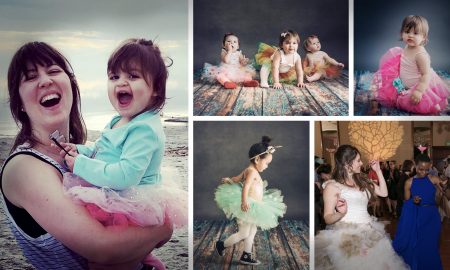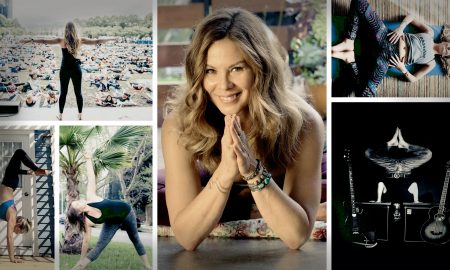

Today we’d like to introduce you to Shauntina Sorrells.
Hi Shauntina, thanks for sharing your story with us. To start, maybe you can tell our readers some of your backstory.
The story of how I became the Chief Program Officer at Orangewood Foundation in Santa Ana begins in high school with my psychology teacher. With his advice and support, I started a chapter of a peer counseling program on our school campus that grew into an on-campus network of students supporting one another though challenges and obstacles and celebrating each other’s success. My participation led me to see that, to be successful, you need other people. Students at my high school needed each other to thrive, and our peer counseling program gave us a structure and space to make this happen.
After high school, I attended Vanguard University, where I followed these interests by earning my bachelor’s degree in psychology. It had become clear to me that I wanted to work with youth and specifically, that I wanted to be an advocate for youth in foster care. I spent 13 years in the foster care system and knew from my own experience that there were so many things that we could do so much better. And I wanted to be a part of that change. So, after graduating from Vanguard, I began working with youth in after-school settings, recreational programs, and therapeutic services. My education in psychology helped me understand the value of supporting one another, and my first jobs gave me experience in how to do it effectively. I saw that I could help the youth and families that I worked with in very direct ways and with real results, but to make large-scale change to the entire system that brought them to me in the first place, I would need to do something differently.
My own experience in foster care taught me that true systems change must include perspectives like mine—systems needed to be changed by the people receiving services in the system. But often, youth who have exited foster care don’t have access to positions that yield systems change. For instance, youth who are in or have exited foster care have a 50% high school graduation rate; about 3% earn bachelor’s degrees and less than 1% hold master’s degrees. I had an opportunity get into these rooms and put my experiences at the center of programmatic and policy changes, but I needed to educate myself to make this happen.
I decided to pursue my master’s in social work at California State University, Long Beach, a program that challenged me to look beyond a direct service approach and through a systemic lens to consider why the issues in our society even exist that prompt intervention by the child welfare system. At CSU Long Beach, I learned about how to develop programs in human services and realized that this was my real passion. For the next several years, I worked at a national nonprofit helping to create, design, and evaluate programs serving youth and families in the child welfare system. I was amazed to see people getting the help they needed and building their own skills to move beyond the system. I was amazed at how intentionally designed programs that incorporate the wisdom of lived experience into their services and solutions offered a structure and space for people to meet needs and develop skills. My mentor, seeing my excitement at these initial results, inspired me to pursue my doctorate in social work and keep opening more doors into the rooms where systems change happens. I completed my doctorate in 2020 at USC, where I learned about social innovation through human-centered design, a method of creating programs that place the user of services at the center of the solution and the steps designed to achieve it.
While I was in the middle of my doctoral program, I joined Orangewood Foundation as their Chief Program Officer. Orangewood gave me the opportunity to put human-centered design into practice on a large scale across all our programs. Orangewood already had a history of innovation in youth services—for over 40 years, they created programs by first listening to the individuals and communities that they worked with and then incorporating their feedback into new solutions. I was able to use the skills that I had learned through my education and lived experience and combine them with Orangewood’s partnerships and reputation to design new programs, revamp current programming to align with best practices and bring our partners alongside us in this innovative work. My partnership with Orangewood has produced amazing results for our community.
Alright, so let’s dig a little deeper into the story – has it been an easy path overall and if not, what were the challenges you’ve had to overcome?
Without a doubt, my path has been marked by both successes and challenges. I think that is the very foundation of a life well lived. For me, experiencing foster care meant that as I faced challenges, I didn’t have the opportunity to “grow up” like my peers. At age 15½, youth in foster care are told that they have to be ready to be completely on their own by their 18th birthday. To put that into perspective, you are told that you must clearly chart your future and how know how to take care of yourself before you’ve even learned to drive. These challenges are compounded for youth who move around from placement to placement, building and then losing social connections and supports, tearing large holes in their safety nets. How do you take risks, make mistakes, and learn from them when the stakes are so high?
The chain of events that leads youth into foster care are traumatic in themselves. Before youth even get through the door to their first placement, their guards are up. But even after some youth begin to stabilize, that trauma doesn’t disappear. In fact, once the brain can lower its defenses, it finally has the chance to begin processing traumatic events, and you begin facing your trauma. Even with stability, even with success, even after foster care, thriving doesn’t mean everything is perfect. Thriving takes work.
For me personally, it was challenging to craft my own sense of identity outside of my family of origin. Experiencing trauma already impacts how we understand our own story. Traumatic experiences can fracture parts of your identity, and it’s a difficult charge to put yourself back together outside of the bonds that make us feel like we share parts of our story with someone else. And so our stories can take longer or take different turns. These are challenges that youth in care today still face, which is why at Orangewood Foundation, we meet youth where they are in their journeys with trauma-informed programming. We offer low-barrier entry to our programs to avoid having their stories of trauma be their ticket into the room, and we give them the space they need to stabilize rather than trigger. This is human-centered design in-action.
As you know, we’re big fans of you and your work. For our readers who might not be as familiar what can you tell them about what you do?
By trade and education, I am a social worker. As Chief Program Officer at Orangewood Foundation, I am responsible for the quality of the programs that we operate to serve roughly 2,000 transitional-aged youth ages 16-24 every year. My passion is designing programs that are innovative and that ensure that the youth who are at the center of the work are also shaping the work and benefiting from the work. I think that my mix of lived experience, formal education, and professional practice have provided me with insight on how best to propose solutions that value the experiences of the people who seek them. Stories shape policies and change systems, and I work every day to put stories like mine at the center of this work.
A great example of this approach at Orangewood Foundation is our newly launched Lyon Workforce Academy. Our Workforce Academy connects our youth with apprenticeships at companies in Orange County that lead to living-wage jobs in trade professions. Orangewood supports on-the-job training with trauma-informed workforce development support not only for our youth but also for the companies that employ them. That last part is what makes Lyon Workforce Academy innovative, and it started with feedback from our youth. They told us things like: I can get a job, but the pay is low, I can’t pay rent, they don’t listen to me, I don’t feel comfortable there. The organization expects me to be ready for them, but they’re not ready for me—for a young person who has experienced trauma.
So we dug into that idea: I partnered with an intern working toward her master’s in social work, and we surveyed all the workforce development programs. We saw what worked and what didn’t, incorporated their best practices, and used them to build supportive services that addressed our youth’s initial feedback. One of our Board Members who own a local company and who shares some of our youth’s lived experiences reinforced our youth’s message and championed this initiative. The result was a program that places youth in living wage jobs, helps them build the technical and soft skills required to succeed in a trade, and supports their success by guiding their companies to become trauma-informed employers. Lyon Workforce Academy was a risk, but it was born out of the real needs and resources of our community. It’s an innovation that could change the game for workforce development.
What does success mean to you?
When you are someone who has experienced the foster care system, your success is often measured against what some describe as the “poor outcomes” for foster youth. So for me, success is a tricky idea. It’s true that earning a doctorate, holding a chief-level position, and working as an advocate toward systems change are all experiences placed outside of the normal long-term statistics for adults who experienced foster care. But I don’t want to be successful just because I “beat the odds.” I want all youth to have the opportunities that I had. And although I overcame a lot of obstacles, I didn’t do it all on my own. To me, success goes back to that peer counseling chapter at my high school. Every day, we all got up and did the best we could to support one another, learn from one another, grow together, and if we could end the day by doing some things a little differently, then we were successful.
Success isn’t a destination—you don’t arrive at success. Success is a mindset that makes you open to new experiences, continual learning, and striving to be a little better today than yesterday. In my mind, success isn’t something attainable because I’m constantly redefining what I want to accomplish based on what I learn from others. As I grow, success changes.
When I see people using the services at Orangewood Foundation to get what they need, and when they feel that they can use those services to achieve their goals, then we have successful programs. For me and for my staff, success means continuing to get up every day and do the right thing for our youth and for each other.
Contact Info:
- Website: https://www.youthconnectedprogram.org/
- Instagram: https://www.instagram.com/youthconnectedprogram/
- Facebook: https://www.facebook.com/youthconnectedprogram
- Other: https://orangewoodfoundation.org/
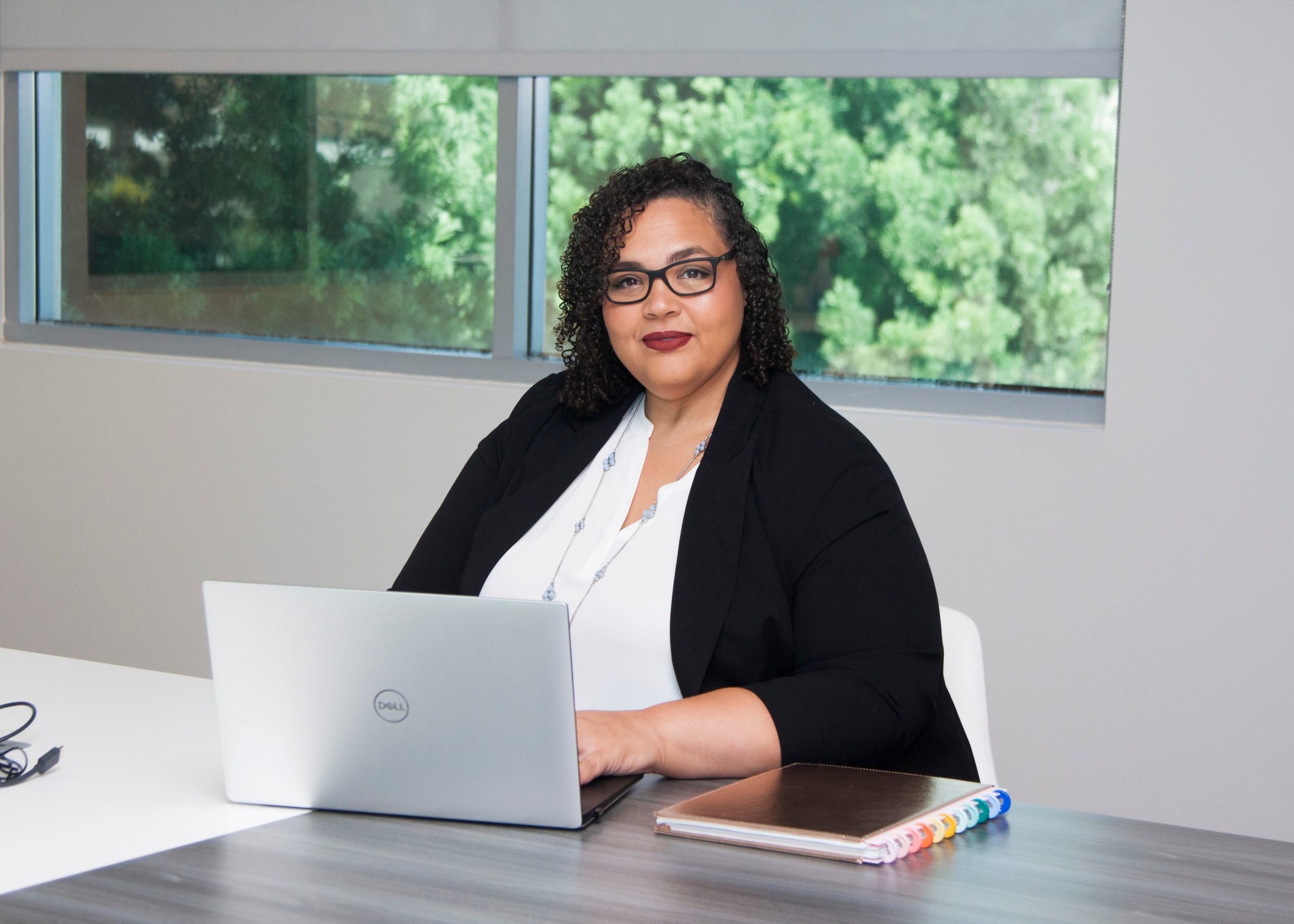

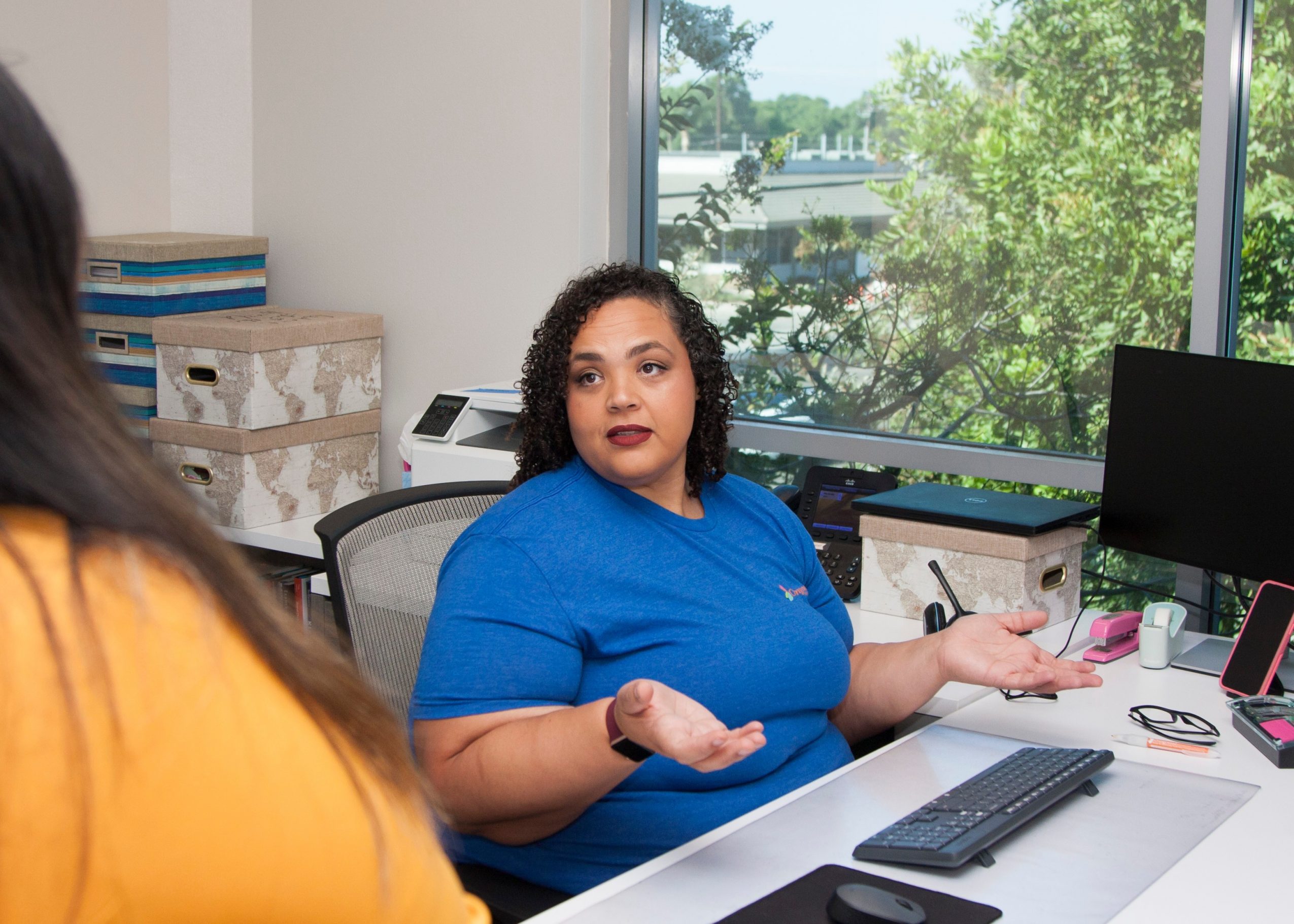
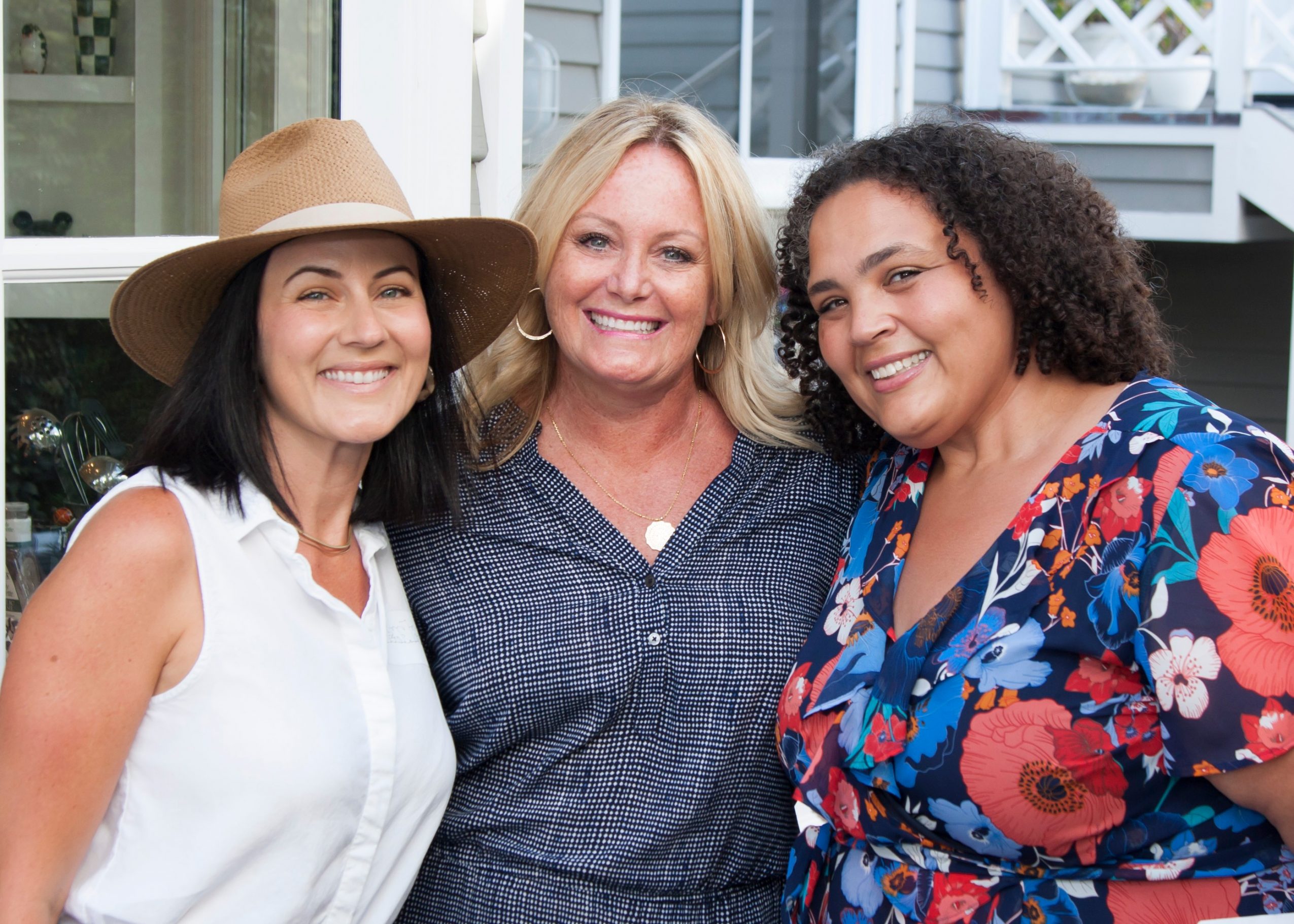
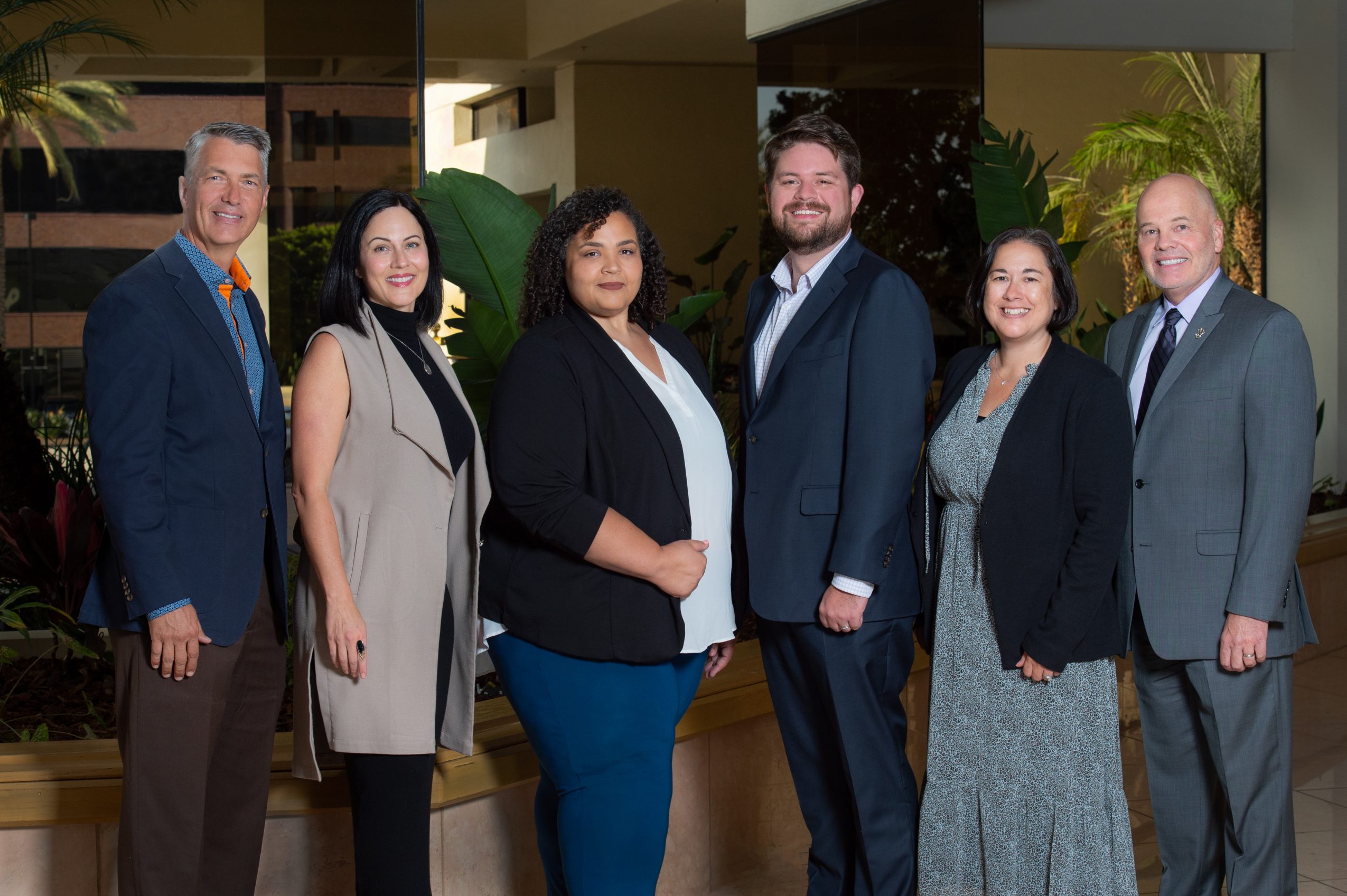
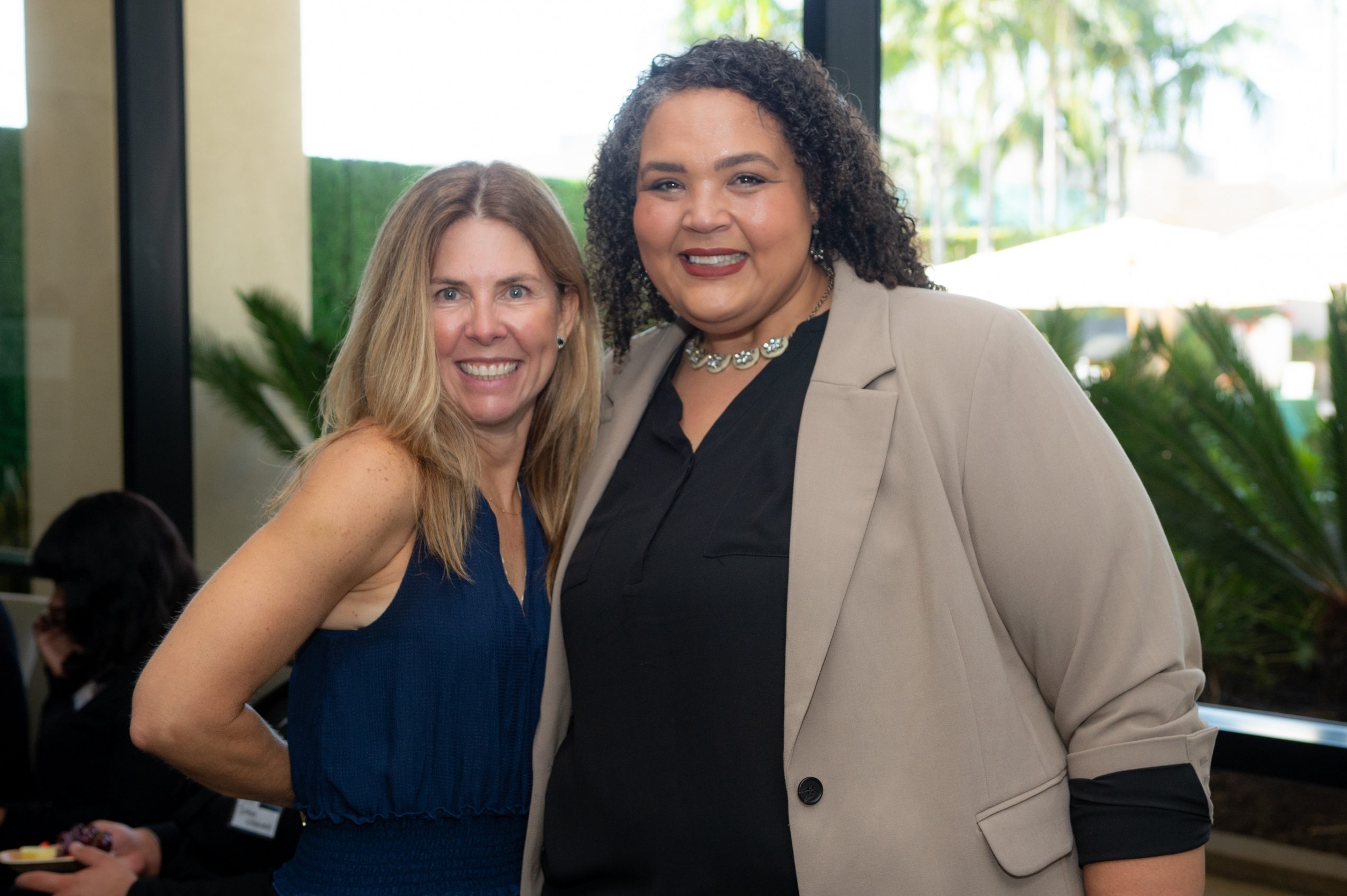
 Image Credits
Image Credits
Shirlena Hoang, Lia Stude of Werkit Photography, Ann Chatillon


